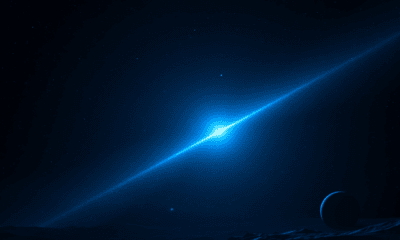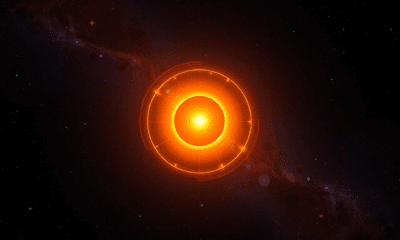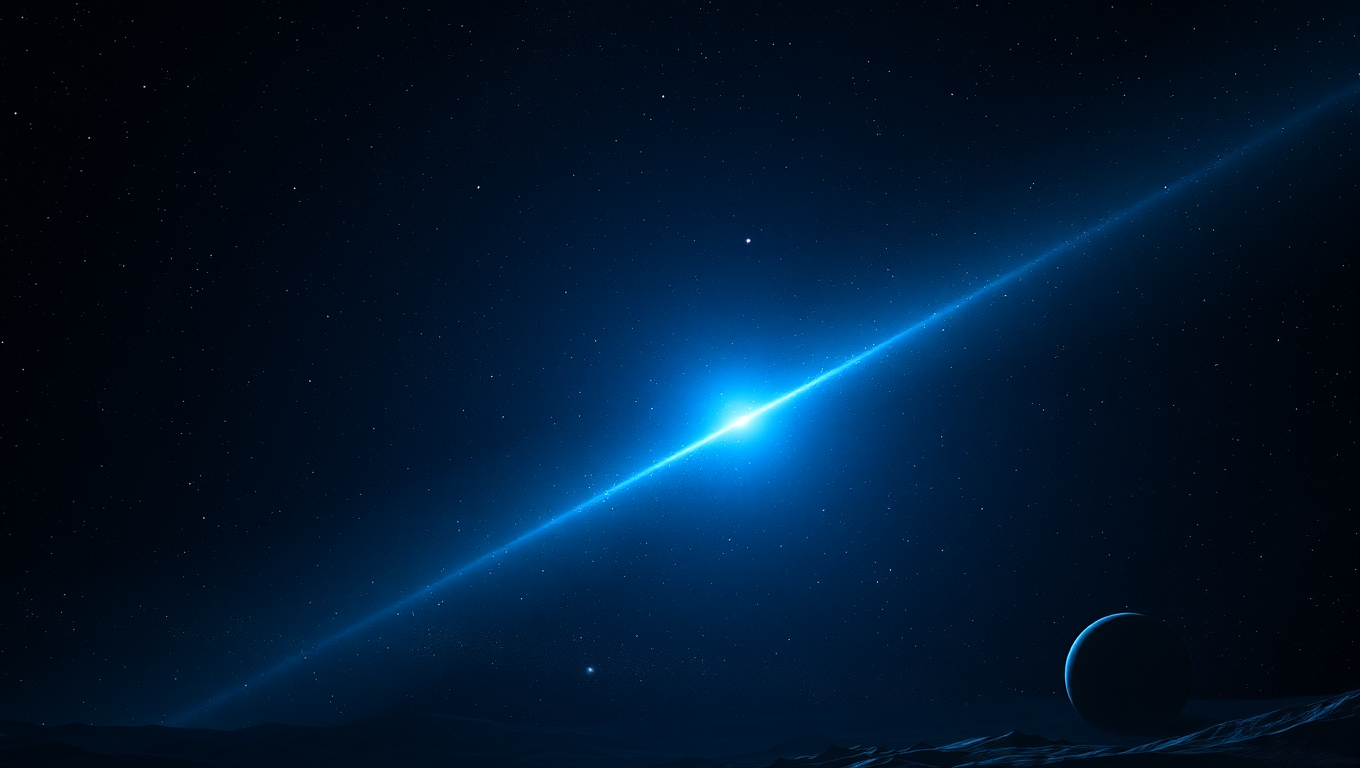While we try to keep things accurate, this content is part of an ongoing experiment and may not always be reliable.
Please double-check important details — we’re not responsible for how the information is used.
Asteroids, Comets and Meteors
“Revolutionizing Space Manufacturing: UF Researchers Bend Metal with Lasers to Build Massive Structures in Orbit”
UF engineers, backed by DARPA and NASA, are perfecting laser-forming techniques that let metal sheets fold themselves into giant solar arrays, antennas, and even space-station parts right in orbit—sidestepping rocket size limits and paving the way for sustainable off-Earth construction.

Asteroids, Comets and Meteors
Unveiling a Hidden World: Astronomers Discover Distant Object at Solar System’s Edge
Astronomers have uncovered a massive new trans-Neptunian object, 2017 OF201, lurking at the edge of our solar system. With an orbit stretching 25,000 years and a size that may qualify it as a dwarf planet, this mysterious world challenges long-held assumptions about the “empty” space beyond Neptune. Its unusual trajectory sets it apart from other distant bodies and may even cast doubt on the controversial Planet Nine hypothesis.
Asteroids, Comets and Meteors
Unveiling Ancient Secrets on Mars: A Breakthrough Technique Reveals Hidden Clues
A curious red Martian rock nicknamed Sapphire Canyon has scientists excited, as its spotted appearance hints at possible organic origins. On Earth, researchers tested a powerful laser technique, O-PTIR, on a similar rock found by chance in Arizona, proving it can rapidly and precisely reveal a material’s chemical makeup. This high-resolution method could play a key role in analyzing Mars samples once they arrive, adding to its growing track record in NASA missions like Europa Clipper.
Asteroids, Comets and Meteors
The Elusive Planet Next Door Continues to Baffle Astronomers
NASA’s James Webb Space Telescope has detected strong evidence for a giant planet orbiting Alpha Centauri A, the nearest Sun-like star to Earth. Located just 4 light-years away, this possible Saturn-mass world may travel between one and two times the distance from its star that Earth does from the Sun. The planet appears to lie in the habitable zone, though its gas giant nature makes it unlikely to host life.
-

 Detectors9 months ago
Detectors9 months agoA New Horizon for Vision: How Gold Nanoparticles May Restore People’s Sight
-

 Earth & Climate10 months ago
Earth & Climate10 months agoRetiring Abroad Can Be Lonely Business
-

 Cancer10 months ago
Cancer10 months agoRevolutionizing Quantum Communication: Direct Connections Between Multiple Processors
-

 Albert Einstein10 months ago
Albert Einstein10 months agoHarnessing Water Waves: A Breakthrough in Controlling Floating Objects
-

 Chemistry10 months ago
Chemistry10 months ago“Unveiling Hidden Patterns: A New Twist on Interference Phenomena”
-

 Earth & Climate10 months ago
Earth & Climate10 months agoHousehold Electricity Three Times More Expensive Than Upcoming ‘Eco-Friendly’ Aviation E-Fuels, Study Reveals
-

 Agriculture and Food10 months ago
Agriculture and Food10 months ago“A Sustainable Solution: Researchers Create Hybrid Cheese with 25% Pea Protein”
-

 Diseases and Conditions10 months ago
Diseases and Conditions10 months agoReducing Falls Among Elderly Women with Polypharmacy through Exercise Intervention





























